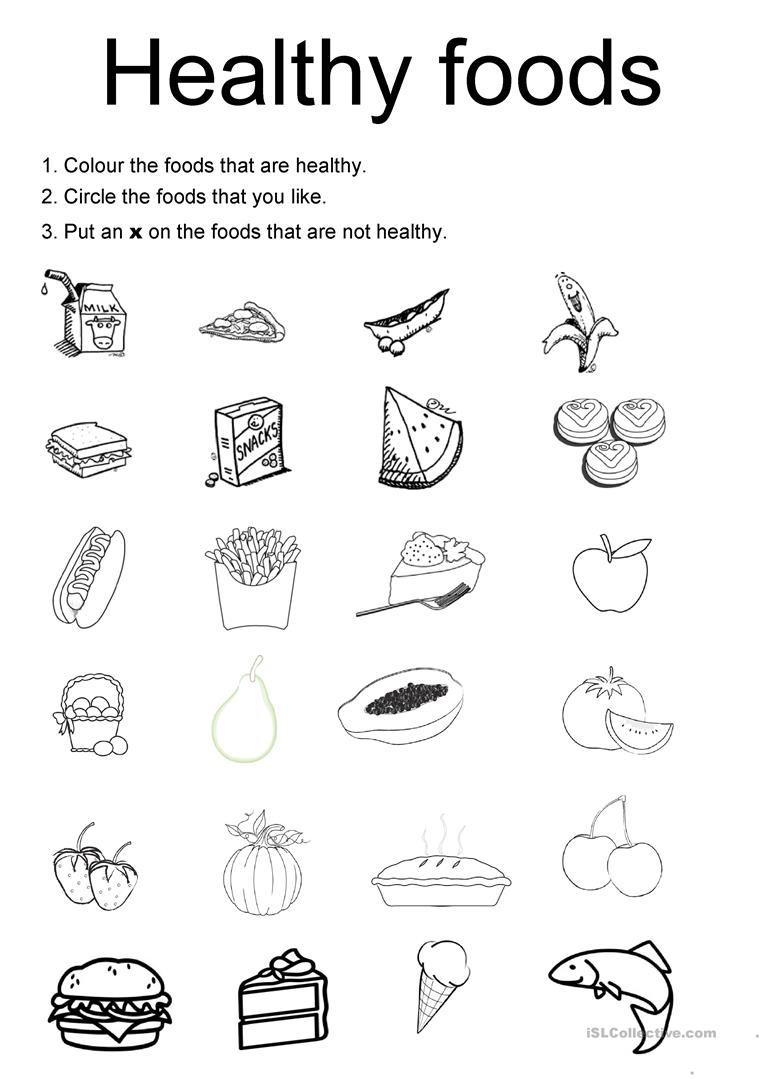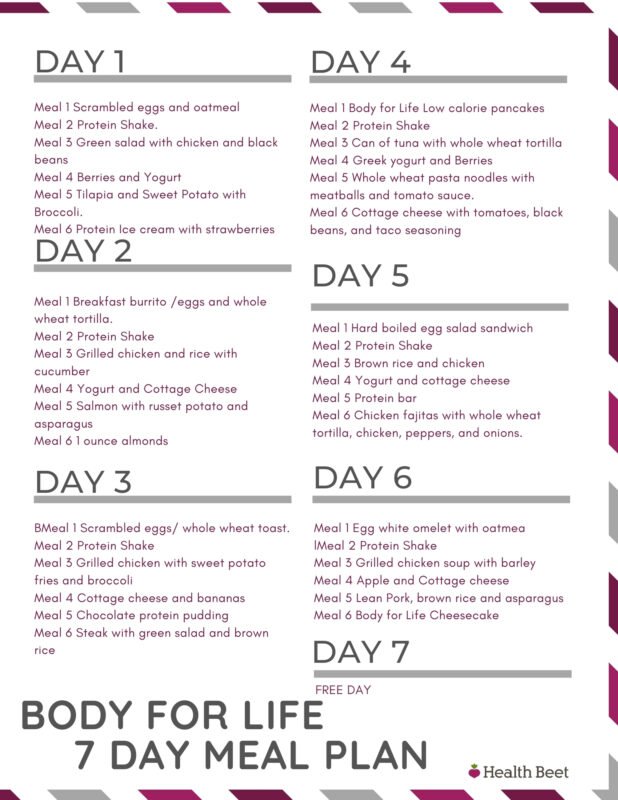
The typical diet for teenagers contains fruits, vegetables, whole grains, low-fat milk, and meat, or meat substitutes. This is a healthy diet that is vital to teenagers' development and growth. Teens should consume at least six to eight glasses a day of fluid. This includes water, low-fat or fat-free milk, and a variety of juices. They should also get enough exercise.
Your daily allowance of carbohydrates should not exceed 50-60% of your total calories. These should be increased for teens who are highly active. In order to obtain additional nutrients, you may also consider including fruits and vegetables into your diet. In order to maintain a moderate body weight, it is important to consume at least 5 portions of fruit/vegetables per day. Be mindful of portion sizes if you are trying to lose weight. To limit the size of the meals your teenager consumes, it is important to know how many calories are required for each food.

Limiting the carbohydrate intake for dinner is a good idea. Teens love fried food, but there are healthy options. Grilled chicken is a healthier option to fried chicken. Side dishes such as vegetables will help to reduce the amount your child eats in sodium and fat. This will keep your teen feeling full and able to concentrate. You want to make your teen's diet enjoyable and healthy.
Fiber-rich foods are key to healthy eating. Sugary drinks and fast food are also to be avoided. Red meats and processed meats should be limited. Reduce your intake of junk food and processed meats. In addition, you should remember that a healthy diet should include a wide variety of nutritious foods, including lean beef. Dried beans and spinach, which have iron fortification, are also excellent sources.
To stay healthy, it is important to eat foods rich in fiber. This is why you should eat lots and variety of fruits and veggies. Include whole grains and many vegetables. You can include some raw or boiled vegetables. Spices can add flavor to your food. Fruits and vegetables are generally a healthy choice for teens. These foods are safe to eat in any amount that you choose, provided they aren't too high in calories.

Teens should limit their daily calorie intake to less than 300 calories. Avoid processed foods which can be high in sugar. Three to four servings of vegetables and fruit should be included in a teenager's daily diet. Teens should consume a wide variety of vegetables and fruits to achieve the best results. Even if you don't have children, fruit can satisfy your sweet tooth.
FAQ
Which diet is best for me?
Your lifestyle and individual needs will determine the best diet for your body. You should also consider how much energy your exercise consumes, whether you like low-calorie or high-calorie foods, and what you enjoy in terms of eating fruits and veggies.
Intermittent fasting might be an option for you if your goal is to lose weight. Intermittent fasting allows you to consume only certain meals per day, instead of eating three large meals. You may find that this method works better for you than traditional diets that include daily calorie counts.
Intermittent fasting is believed to increase insulin sensitivity. It may also reduce inflammation. This may lead to a decrease in diabetes risk and blood sugar levels. Research suggests that intermittent fasting can promote fat loss and improve overall body composition.
Why is it so important to lead a healthy lifestyle
Healthy living can lead to a longer, more fulfilling life. A healthy diet, regular exercise and good sleep habits will prevent the development of diseases such as heart disease, stroke, cancer, diabetes, and Alzheimer's.
A healthy lifestyle can also help improve mental health and make it easier to deal with daily stressors. Having a healthy lifestyle will also boost our self confidence and help us look and feel younger.
How often should i exercise?
Exercise is essential for maintaining a healthy lifestyle. There is no time limit on how much you should exercise. Finding something that you love and sticking with it is the key.
If you work out three times a week, then aim to complete 20-30 minutes of moderate intensity physical activity. Moderate intensity will mean that you'll continue to be exerting yourself afterward. This type is good for burning around 300 calories.
Walk for at least 10 minutes four days a weeks if you prefer walking. Walking is low in impact and easy for your joints.
Jogging is an alternative to running. You can do it for as little as 15 minutes each day. Running is an excellent way to lose weight and tone your muscles.
You can start slow if you're new to exercise. Begin by only doing 5 minutes of cardio five times per week. Gradually increase the amount of cardio you do until you reach your goal.
Does being cold give you a weak immune system?
Being cold gives you a weaker immune system because when you are cold, your body produces less white blood cells which fight infections. You will feel less pain if you are cold.
Statistics
- According to the Physical Activity Guidelines for Americans, we should strive for at least 150 minutes of moderate intensity activity each week (54Trusted Source Smoking, harmful use of drugs, and alcohol abuse can all seriously negatively affect your health. (healthline.com)
- The Dietary Guidelines for Americans recommend keeping added sugar intake below 10% of your daily calorie intake, while the World Health Organization recommends slashing added sugars to 5% or less of your daily calories for optimal health (59Trusted (healthline.com)
- In both adults and children, the intake of free sugars should be reduced to less than 10% of total energy intake. (who.int)
- WHO recommends reducing saturated fats to less than 10% of total energy intake; reducing trans-fats to less than 1% of total energy intake; and replacing both saturated fats and trans-fats to unsaturated fats. (who.int)
External Links
How To
What does the meaning of "vitamin?"
Vitamins are organic compounds that can be found in foods. Vitamins are essential for our bodies to absorb nutrients from the foods we eat. Vitamins cannot be made by the body; they must be taken from food.
There are two types of vitamins: water soluble and fat soluble. Water-soluble vitamins dissolve readily in water. These include vitamin C (thiamine), Vitamin B1 (riboflavin), Vitamin B2 (riboflavin), Vitamin B3 (niacin), Vitamin B6 (pyridoxine), Vitamin C, B1 (thiamine), Vitamin B2 (riboflavin), Vitamin B3 (niacin), and Vitamin B6 (pyridoxine). Fat soluble vitamins are stored in the liver and fatty tissue. These include vitamin D, E and K, as well as beta carotene.
Vitamins are classified based on their biological activity. There are eight major vitamin groups:
-
A – Essential for normal growth, and the maintenance of good health.
-
C – essential for proper nerve function.
-
D - Vital for healthy bones and teeth
-
E - Required for good vision & reproduction
-
K - required for healthy muscles and nerves.
-
P – vital for building strong bones.
-
Q - Aids in digestion and absorption.
-
R - necessary for making red blood cells.
The recommended daily allowance (RDA), for vitamins, varies depending upon age, gender, or physical condition. The U.S. Food and Drug Administration, (FDA), sets the RDA value.
For adults 19 years and over, the RDA of vitamin A is 400mg per day. Pregnant women require 600 micrograms daily to support fetal development. Children ages 1-8 require 900 micrograms per day. For infants younger than one year, 700 micrograms are required daily. However, this number drops to 500 micrograms each day for children aged 9-12 months.
Children ages 1-18years who are obese need 800 micrograms per day while those who are overweight need 1000 micrograms per day and children who are underweight need 1200 micrograms per day to meet their nutritional needs.
2200 mg of vitamin A per day is required for children aged 4-8 who have been diagnosed by anemia.
2000 micrograms are required daily for good health in adults over 50. Mothers who are pregnant, nursing, or have a high nutrient need will require 3000 micrograms a day.
1500 micrograms are required daily by adults over 70 because they lose approximately 10% of their muscle each decade.
Women who are pregnant and lactating need more nutrients than the RDA. Pregnant women require 4000 micrograms daily during pregnancy, and 2500 micrograms every day after birth. Breastfeeding mothers need to consume 5000 micrograms every day when breastmilk has been produced.